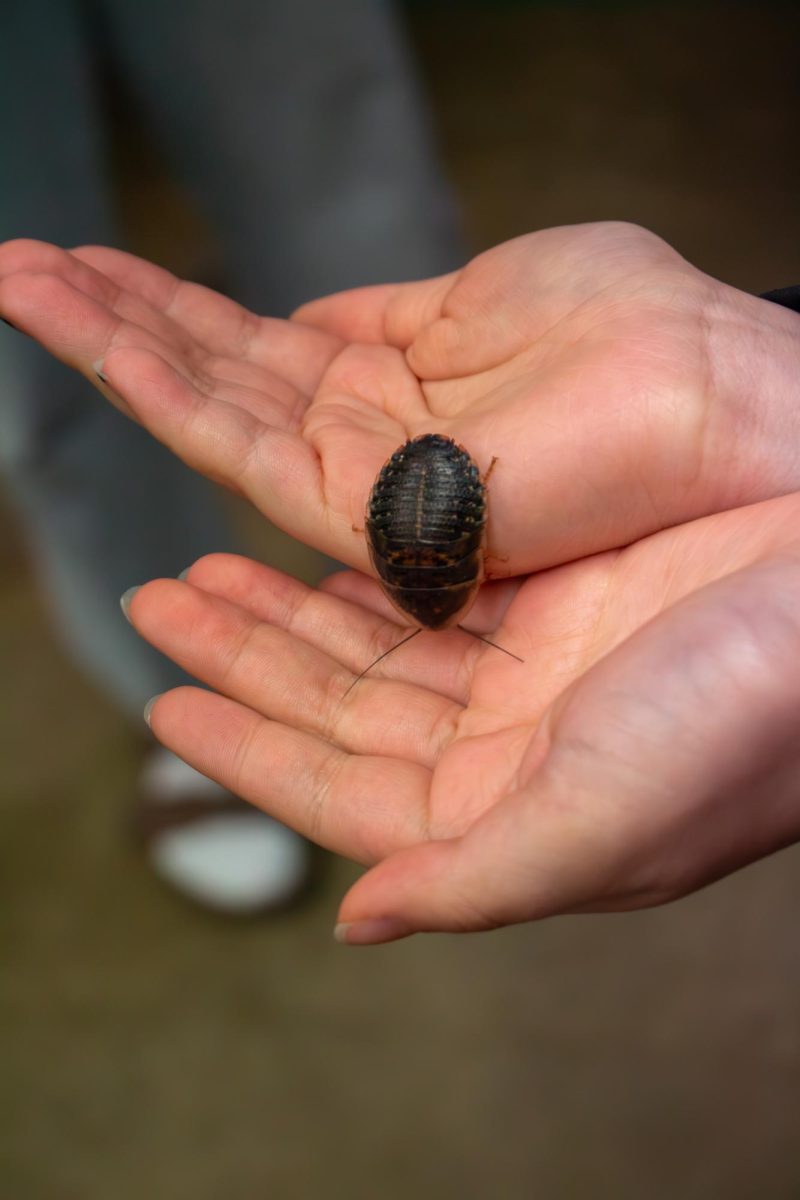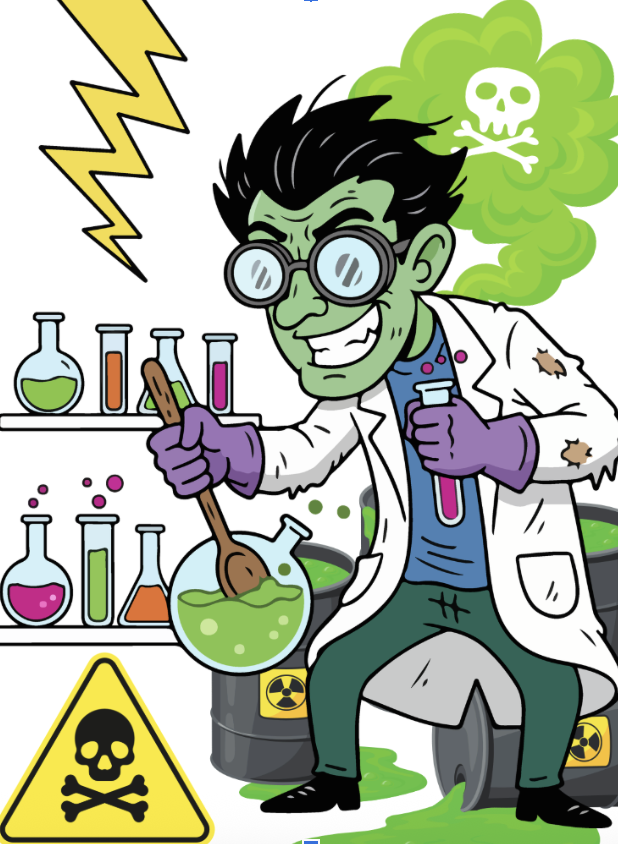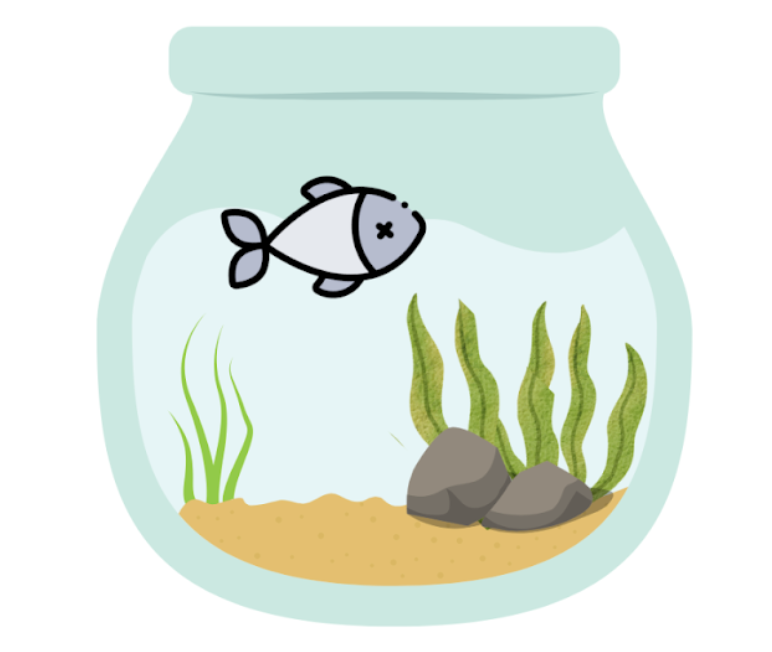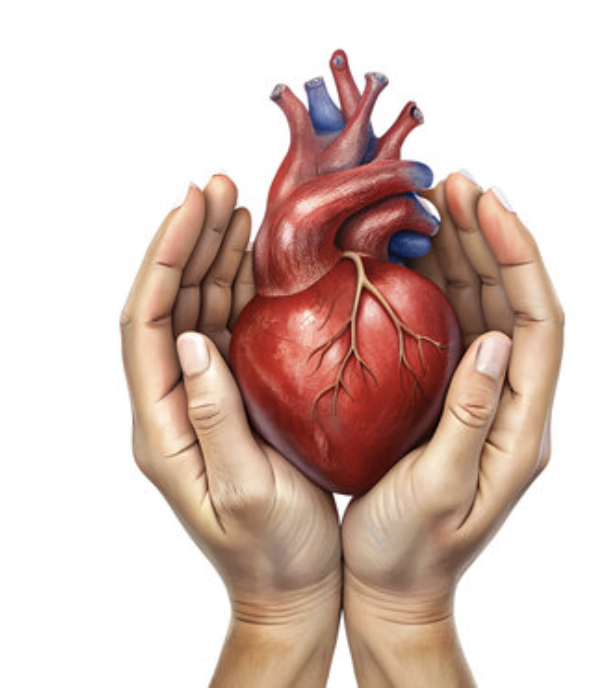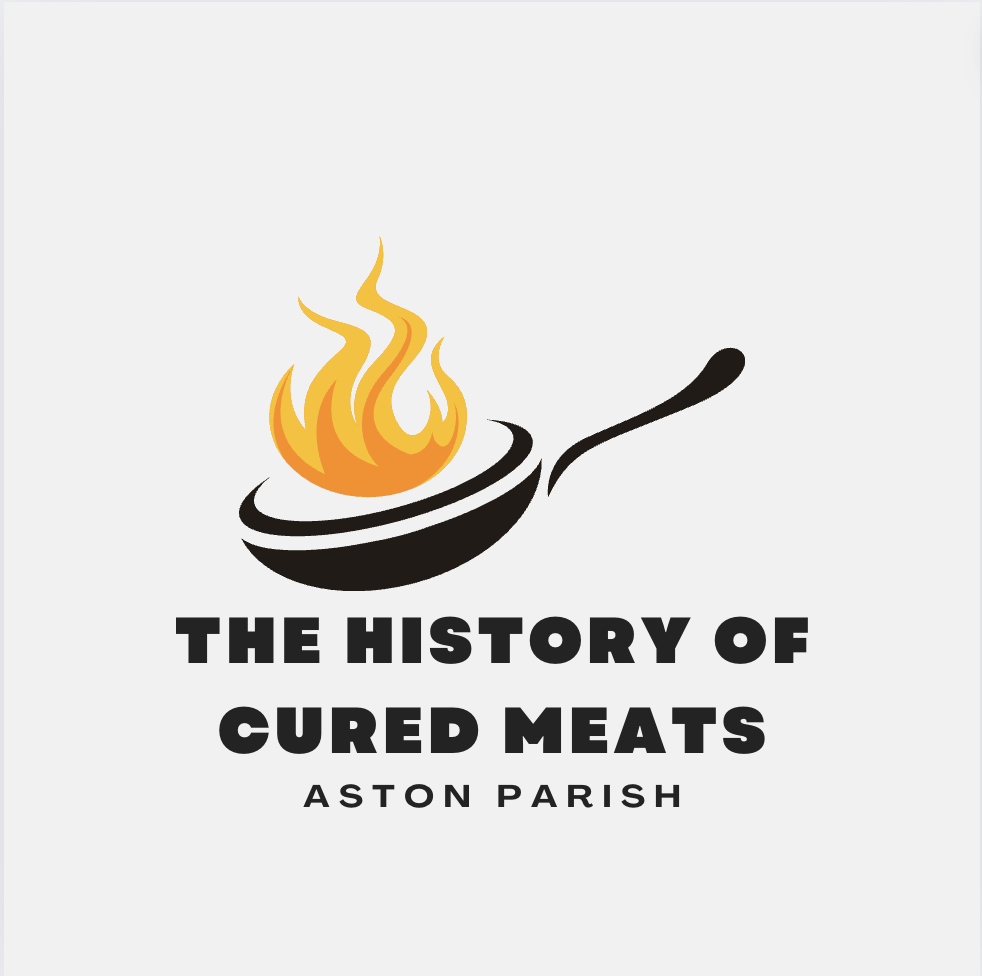How is meat cured?
Curing is a preservative process where nitrate or nitrite, in combination with salt or sugar, is applied to meat. These nitrates are what give cured meat its distinct flavor and pink-red color. The nitrates also kill harmful bacteria in the meat and prevent the formation of botulinum toxins. Along with nitrates, salt draws the water out of the meat, drying it out and reducing populations of harmful bacteria. This leaves room for salt-tolerant Lactobacillus to grow. As Lactobacillus bacteria consume sugars in the meat or cure, they also produce acid, which further reduces the populations of unwanted bacteria.
The cure of nitrates, salts, sugars, and other seasoning can be applied in three main ways. The first is wet curing with brine, where meats are submerged in a solution of salty water to be evenly absorbed into the flesh. Second is dry curing with coarse salt, where the meat is buried in a bed of large salt crystals. This draws out moisture in the meat, which dissolves the salt before it’s reabsorbed into the meat. Finally, dry salt can be rubbed directly into the flesh allowing it to be easily absorbed by the meat. The additional herbs, spices, etc. that are also added to wet or dry brines bring more flavor to the final product.
After curing, the meat is often smoked, which coats the meat in chemicals that prevent bacterial growth and oxidation. This smoking step can be done cold(below 90F) or hot(above 110F). Cold smoking primarily reinforces the drying of the cured meat and extends its shelf life. Hot smoking, on the other hand, is closer to a cooking method that imparts smoky flavors.
The kind of wood used when smoking also affects the final outcome. Each wood offers a different flavor profile, burning temperature, or additional preservative effects. Regional differences also change what the most popular forms of smoking are. For example, a unique melding of flavors brought on by cold smoking is prized in Europe. However, in the United States, the strong smokey flavor of hot smoking is generally preferred. Overall, curing is a hugely transformative process that allows for long-term storage while imparting unique flavors.
History of Cured Meats
Curing itself is an ancient practice done to utilize an animal’s otherwise undesirable parts or preserve meat for long periods. The first concrete evidence for cured meats is in records of hams from the ancient Chinese city Jinhau around 770 – 470 CE. However, cured meats have been enjoyed from the age of Roman emperors to monasteries of Irish monks. Most likely, curing developed in more temperate climates where neither the dry heat of the sun nor the cold chill of the wind could be relied upon to dry or freeze food for preservation. For example, in wetter, less temperate areas of the British Isles, European Continent, and North America, smoking replaced fire-powered drying methods of preservation. This has led to the development of a myriad of different cured meats, enjoyed across the world.
Mexico and the American Southwest developed carne seco. The Italian and Swiss Alps still prepare bresaola and Bündnerfleisch made from beef or game, similar to the traditional Spanish cecina. In the Middle East, they enjoy basturma, a spiced and wind-dried beef. Basturma eventually evolved into Romanian pastrami and eventually migrated to New York delis in the late 1800s. In the ways of fish, the Mediterranean coast boasts various types of salted and sun-dried fish and roe, such as Sicilian mullet bottarga. The Pacific Northwest also has “squaw candy,” a candied salmon jerky.
Aside from its preservative benefits, curing and smoking offer transformative effects on the flavor and texture of meat. This can include moisture retention, firmer texture, an even distribution of seasoning, and increased depth of flavor. Today, the myriad applications of curing can be found in anything from rustic delis to fine charcuterie. It has grown from a necessity for survival to a culinary art form and celebration of culture.
Sources:
https://www.scienceofcooking.com/what-is-curing.html
https://earthwormexpress.com/about-meat-curing/were-met-in-antiquity-cured-with-plants/
https://www.atsdr.cdc.gov/csem/nitrate-nitrite/what_are.html
https://www.atsdr.cdc.gov/csem/nitrate-nitrite/where_are.html#:~:text=Microbial%20action%20in%20soil%20or,in%20groundwater%20and%20surface%20waters.








